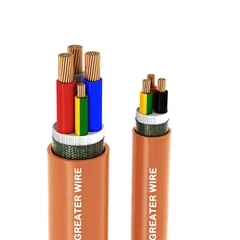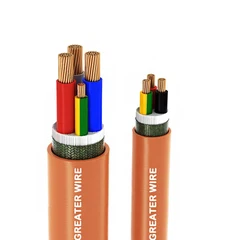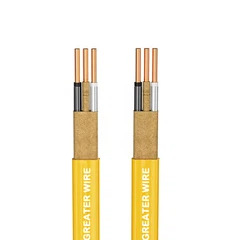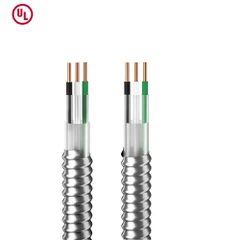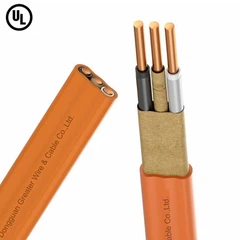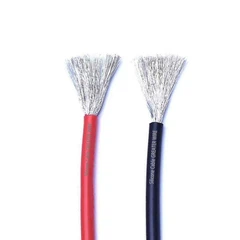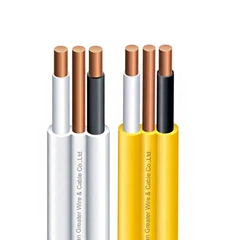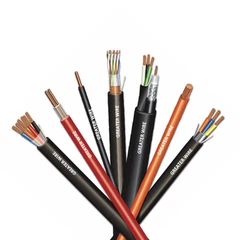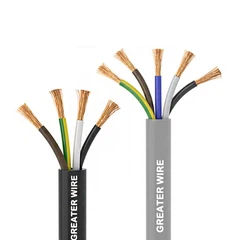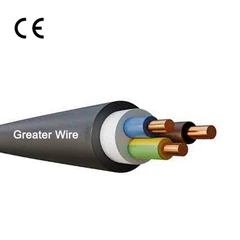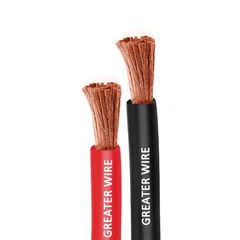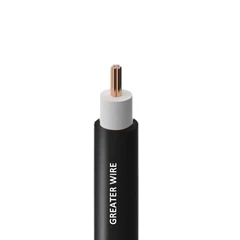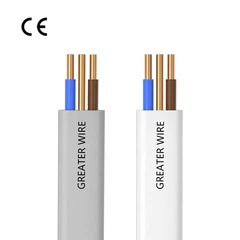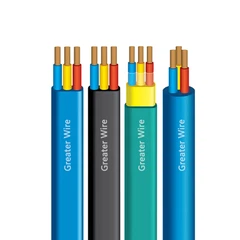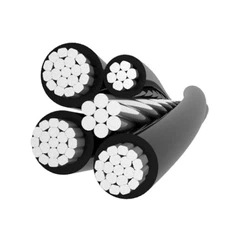direct burial electrical cable can run in conduits. direct buried cable usually refers to laying cables directly underground, but can be protected using conduits in specific areas. For example, conduits can be used for protection when direct burial wires pass through foundation walls or need to pass through streets where they may be subjected to significant external impacts.
The laying methods of direct buried electrical cables include direct burial underground and the use of conduit protection in specific areas. The advantage of a direct burial cable is that it is easy to lay and saves materials and labor, but its disadvantage is that it is inconvenient to maintain because it requires excavating the cover soil for maintenance. When using a direct burning electrical cable, a sand cushion layer is usually laid at the bottom of the trench, and a layer of brick or concrete slab is covered above the cable for protection.
The specific steps for laying a direct thermal electrical cable include digging trenches, laying sand cushion layers, laying cables, refilling with sand, and covering the cable with a protective layer. For areas that may be subjected to significant external impacts, such as those passing through streets, protective measures such as steel pipes should be used.


